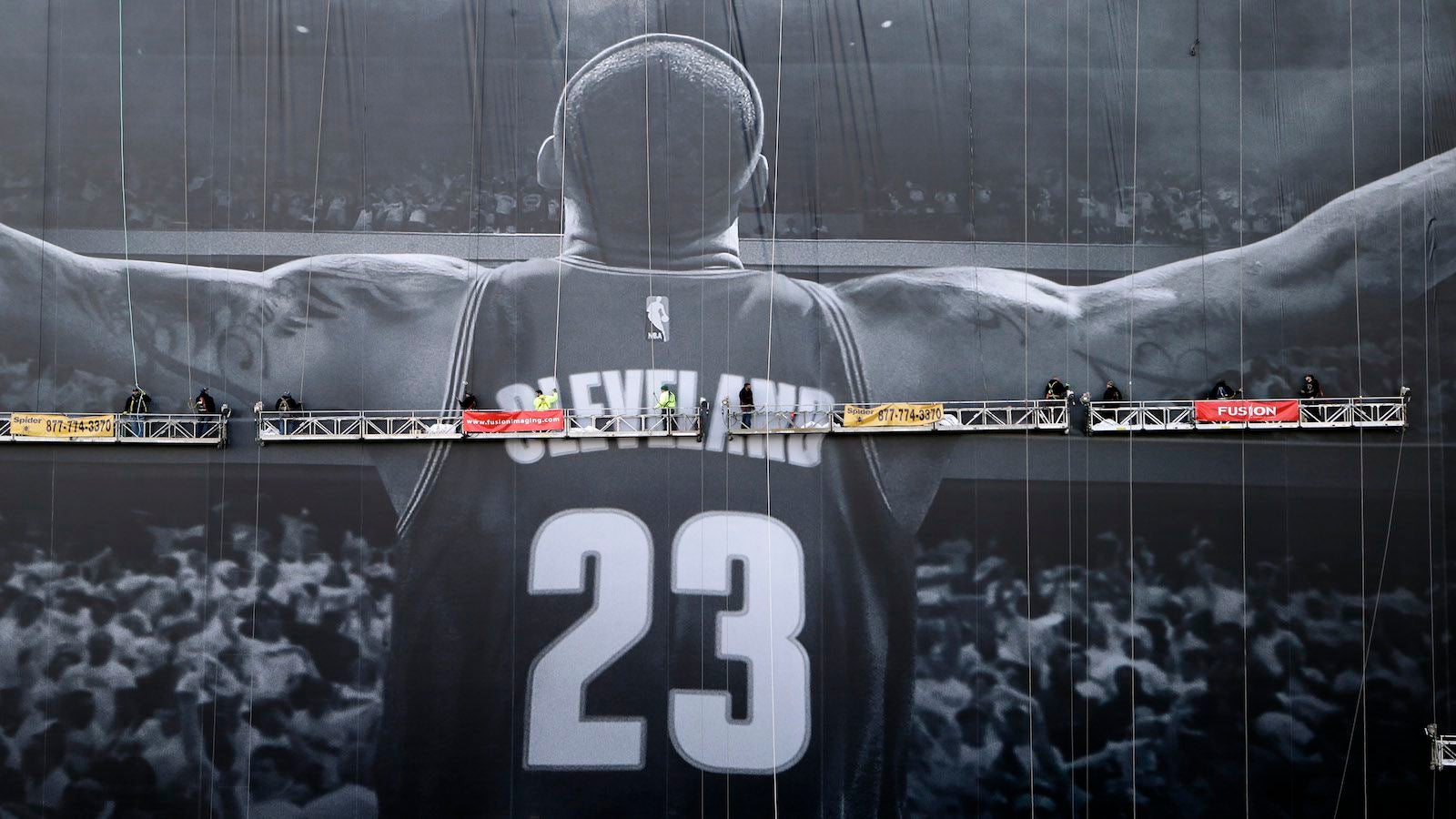No, LeBron James has not brought $500 million to Cleveland
Tonight, LeBron James and the Cleveland Cavaliers return to Cleveland for game three of the 2015 NBA Finals, hoping to end the city’s half-century championship drought.


Tonight, LeBron James and the Cleveland Cavaliers return to Cleveland for game three of the 2015 NBA Finals, hoping to end the city’s half-century championship drought.
And it will be a year in July since King James’ announcement of his return to his home state brought hopes of another kind. In the days following his much-publicized decision, speculation ran rampant that the superstar basketball forward’s return could add as much as $500 million a year to the long-suffering Cleveland economy.
It’s looking less likely now that James’ return will prove as triumphant for the city’s businesses as some had hoped. Victor Matheson, a sports economist at College of the Holy Cross who has written about the economic impact of sporting events on local economies, called these early predictions crazy.
“[LeBron James] certainly makes Cleveland a much more fun place to live, but the economic impact is much smaller,” Matheson tells Quartz.
Matheson used an economic concept called the “substitution effect” to explain why the James’ economic impact was less than optimists had expected. Essentially, LeBron’s return has changed the sizes of the individual pie slices without making the overall pie (local spending) any larger: If his return has been great for basketball ticket sales and bar owners in the downtown Cleveland area, it has only come at the expense of other sectors of the local economy.
“It’s not like if the Cavs weren’t in the finals the fans would be out doing nothing, sitting at home in the dark and fasting,” Matheson said. Instead, they would be consuming in other ways—going out to dinner in a suburban restaurant or watching the latest blockbuster in a neighborhood movie theater. “It is shuffling the chairs, but not necessarily adding any more.”
The economic data seems to support Matheson’s claim.
According to the Bureau of Labor Statistics, the number of people employed in the Cleveland area in the leisure and hospitality sector, the area most likely to be affected by the return of the King, increased by 9.9% between April 2014 and April 2015. While impossible to credit this increase solely to James’ return, in Cincinnati and Columbus, the two other major metropolitan areas in Ohio, those numbers were only up 2.4% and 2.2%, respectively, during that same time period. (Nationally, the rate is up 3% for the year.) Bar and restaurant owners in downtown Cleveland reported a 30% to 200% increase in revenue on game nights this season.
But as the economy continues to improve nationwide, the overall non-farm employment rate in Cleveland is up only 1.4%, lagging slightly behind the 1.9% increase in Cincinnati and the 1.5% increase in Columbus.
Statewide, LeBron’s impact on the sports economy in Ohio is impossible to deny: According to the Ohio Department of Taxation, sales tax revenue from spectator sports in Ohio between October and December of 2014, the first months of the NBA season, was up a full 30% from the year before. And sales tax revenue from bars and drinking establishments in Ohio in 2014 was up 13% from the year before. These numbers, however, are only a tiny fraction of the entire sales tax revenue for the state, and it’s difficult to break out how that piece of the pie affected the rest.
The final score for the city of Cleveland—and tonight’s game—remains to be seen, but now may be the time for the “LeBron economy” boosters to do some soul-searching.
Still, as the city prepares to host one of the most watched NBA finals in years, even Matheson would agree with the economic optimists on one thing: “It is an awesome time,” he said, to own a sports bar in downtown Cleveland.